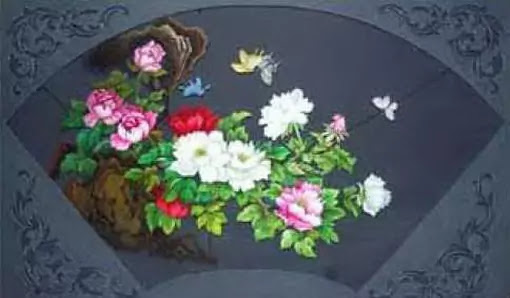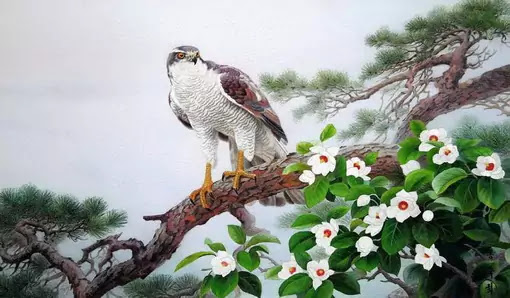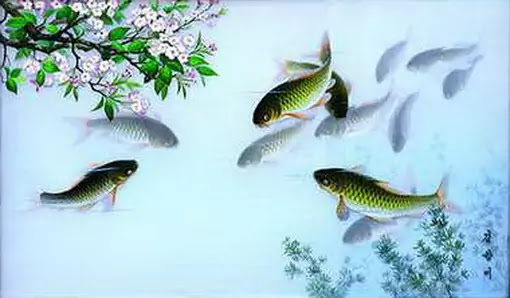Korean Embroidery with Time-honoured Tradition
페이지 정보
작성자 강성길 기자 작성일21-01-22 00:46 조회17,635회 댓글0건관련링크
본문

Korean embroidery, which originated as an artistic form through the aspirations and demands of the Korean women, developed as one of their living customs from olden times.
At the time of origin, it was a kind of handicraft, but later it developed into one performing with cloth, thread and needle.

Korean embroidery can be said to have developed along with the history of silk because it was convenient to embroider on silk cloth with silk thread, producing a highly decorative effect. The first relic embroidery was discovered in the Pyongyang area, the capital city of Ancient Joson (early 30th century BC–108 BC). This proves that Korean embroidery started with Ancient Joson as the centre.
It was well known across the world already in the period of Three Kingdoms. Nobilities of Koguryo (277 BC–AD 668) wore embroidered silk clothes and dancers of Silla used embroidered fans as their hand props.

With the unprecedented activation of the domestic industry and foreign trade in the period of Koryo (918–1392), embroidery reached a high level of formative and artistic beauty. In the period of the feudal Joson dynasty (1392–1910), it developed with typical characteristics of the royal court and commoners.
In the days of the anti-Japanese armed struggle, women soldiers of the Korean People’s Revolutionary Army created many embroideries, representing their desire for national liberation and people’s freedom and liberation. Three-Thousand-Ri Land of Roses of Sharon by the anti-Japanese war heroine Kim Jong Suk is handed down so far.

After national liberation on August 15, 1945, the Central Embroidery Works was established, and the embroidery, which had been confined to feudal house-holds, expanded and developed into a national undertaking. The works developed into the Pyongyang Embroidery Research Institute and became a national hub of not only creating and studying the embroidery but training skilled embroiderers.
The institute has created many excellent works of embroidery like White Pheasant, which won a gold medal at an international handicrafts exhibition held in Bulgaria in 1974.

Korean embroidery requires delicate artistic skills and is strong in national characteristics as it is created through various techniques on original drawings. It is divided into manual and mechanical embroidery by which it is done and practical and decorative embroidery by their mission. The techniques of doing it number over 20.
Korean women decorate not only their clothes but bedding like pillow and quilt with embroidery, enjoying their life in a cultured way.
Korean embroidery is developing as required by the practical reality.
(Uriminzokkiri - January 22, 2021)
댓글목록
등록된 댓글이 없습니다.


![[부고]노길남 박사](https://minjok.com:443/img/roh008_202.jpg)


